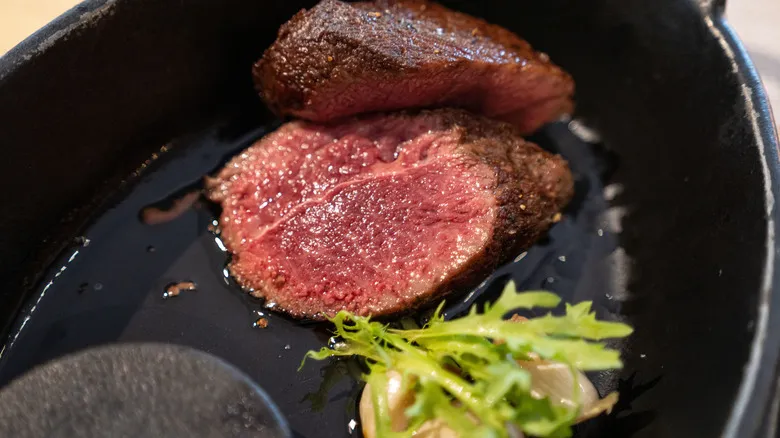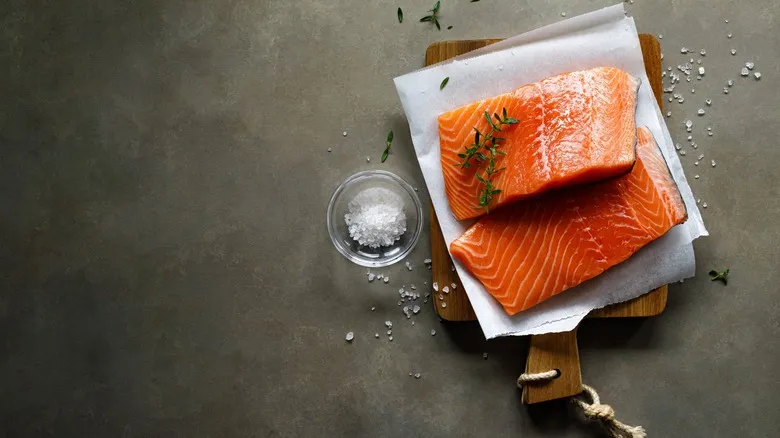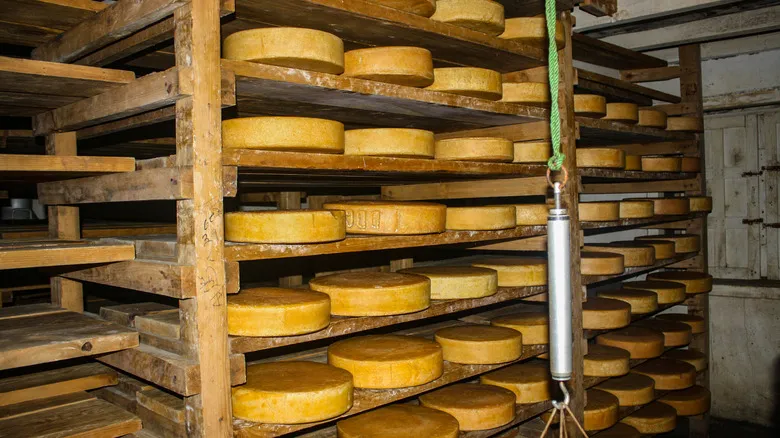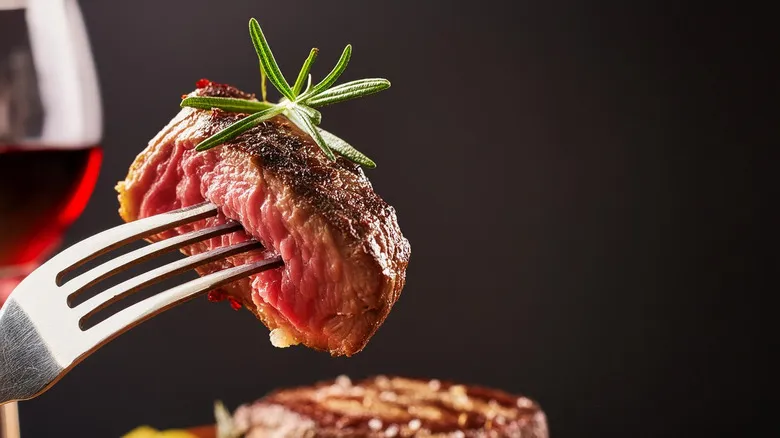Are black and blue steaks safe to eat?

With a significant portion of a black and blue steak remaining uncooked, it raises the question of its safety for consumption. The short answer is that it is generally safe, with a few exceptions. Certain cuts of steak can sometimes carry harmful bacteria on their surface, such as E. coli, which can cause illness if ingested. However, the high-heat sear on a black and blue steak sufficiently chars the exterior to eliminate any surface bacteria. Just be sure to sear all sides of the steak; avoid the common mistake of only cooking the top and bottom, as this could leave bacteria on the sides. If you order this steak at a restaurant, the chef should be aware of this technique (and it may taste better than what you prepare at home).
That said, it’s important to note that it’s not entirely risk-free, as there is a possibility that some surface bacteria could have penetrated the steak's interior. Whether you’re ordering it at a restaurant or cooking it at home, it’s beneficial to know the source of the beef; make sure you’re consuming a high-quality cut that has been handled properly.
Recommended

Effortlessly Add Flavor To Fish With One Store-Bought Ingredient

Your Freezer Is The Key To Cracking Open Coconuts

The Cheese So Hard It Could Break Your Teeth

How To Substitute Tamarind Paste With Ingredients You Already Have On Hand
Next up





